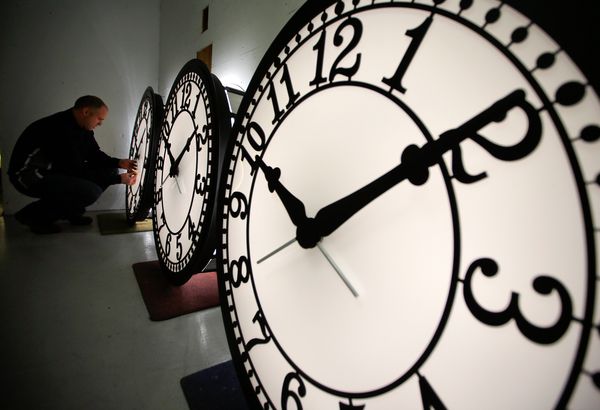Standard Deviation in Healthy Participants
Scott Benner
Companion info from ep 344 of the Juicebox Podcast
Viral Shah et al., Continuous Glucose Monitoring Profiles in Healthy Nondiabetic Participants: A Multicenter Prospective Study
In episode 344 of the show John Welsh from Dexcom did a deep dive on Standard Deviation, Coefficient of Variation, A1c, Time in Range and more. It was fascinating and if you haven’t listened… I would. During the conversation the attached study was referenced and I received so many requests to see the study that it is now posted here. Get your diabetes data geek on!
John Welsh’s (Dexcom) example, from episode #343 of the Juicebox Podcast, about people without diabetes, is in Table 2 of the attached.
from John: Note that the “Mean, mg/dL (mean ± SD)” row gives a value of 99 ± 7 for all 153 participants. The row right below it is “SD, mg/dL (mean ± SD)” and gives a value of 17 ± 3. This is a bit weird and requires some explanation (from page 4358): the 99 ± 7 is the mean and SD of the 153 individual average CGM values – an average of averages. They could have calculated it as the mean and SD of every single glucose value that they collected (over 350K), but each person only provided 1 value (his or her mean glucose concentration) for this calculation. The point here is that normal folks have mean glucose values that are very close to 99 mg/dL (often within 7 mg/dL).
The “SD, mg/dL (mean ± SD)” row gives a value of 17 ± 3. This number is something different, and represents the expected dispersion within a particular individual. The point here is that normal folks should have variability of about 17 mg/dL in their glucose concentrations (often within 3 mg/dL).
We didn’t get that far down the rabbit hole with the podcast, but it might be interesting…
The Journal of Clinical Endocrinology & Metabolism, Volume 104, Issue 10, October 2019, Pages 4356–4364, https://doi.org/10.1210/jc.2018-02763
























